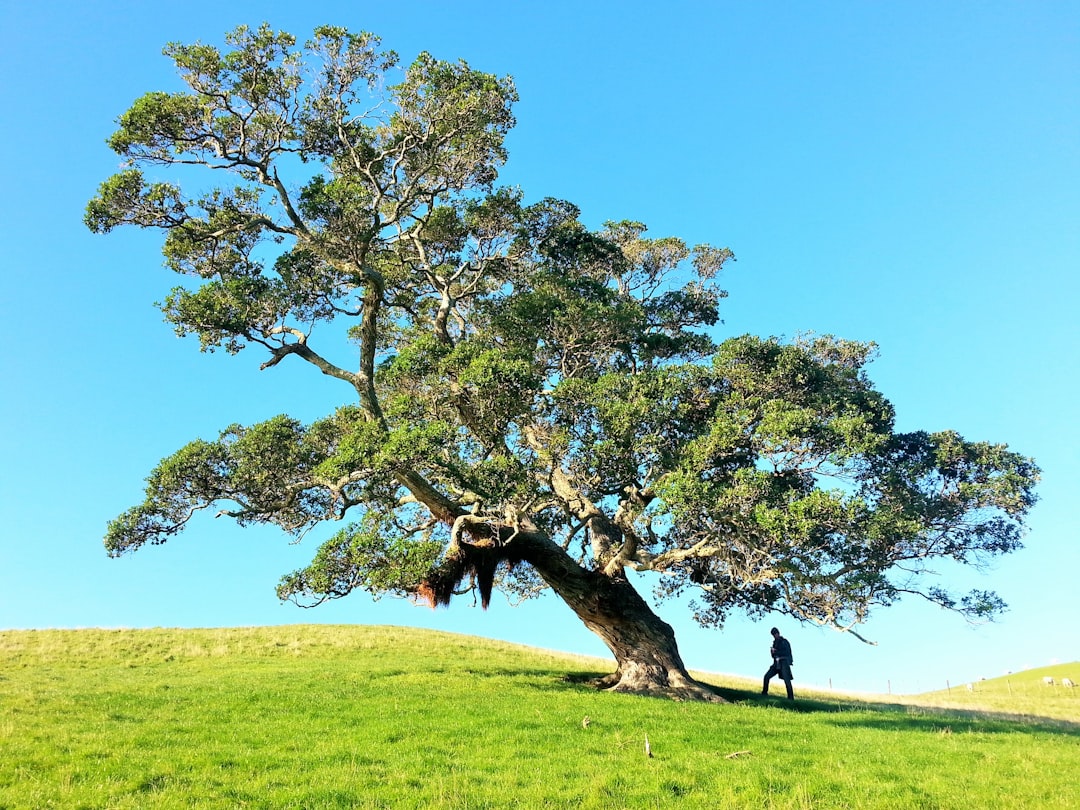When growing fruit trees, understanding how they produce fruit is essential for proper pruning and maintenance. Fruit trees generally fall into two categories based on where they develop fruit: spur-bearing and tip-bearing varieties. Knowing the difference helps ensure you prune correctly, maximize yields, and avoid accidentally cutting off future fruiting wood.
Let’s explore these growth habits and how they impact tree care.
What Are Spur-Bearing Fruit Trees?
Spur-Bearing Defined
Spur-bearing fruit trees produce fruit on short, stubby shoots called spurs, which grow along branches and can remain productive for several years.
Common Spur-Bearing Trees:
🍏 Apples (most varieties)
🍐 Pears
🍑 Some peaches and plums
🍒 Cherries
Characteristics of Spur-Bearers:
✔ Spurs are short (3-5 inches) and grow along mature branches.
✔ They take 2-3 years to develop and can produce fruit for 5-10 years before needing renewal.
✔ Pruning should focus on thinning excess spurs and removing old, unproductive wood while preserving healthy spurs.
Pruning Tips for Spur-Bearing Trees:
✂ Avoid heavy pruning of fruiting spurs, as they take time to develop.
✂ Thin crowded spurs to improve air circulation and fruit quality.
✂ Remove excess vertical growth (water sprouts) to encourage spur formation.
What Are Tip-Bearing Fruit Trees?
Tip-Bearing Defined
Tip-bearing fruit trees produce fruit at the ends (tips) of branches, rather than on short spurs. Because of this, improper pruning can remove fruiting wood and reduce harvests.
Common Tip-Bearing Trees:
🍏 Some apple varieties (e.g., 'Granny Smith', 'Cortland', 'Mutsu')
🍐 Some European pears
🍑 Some peaches and nectarines
Characteristics of Tip-Bearers:
✔ Fruiting occurs at the ends of 1-year-old branches.
✔ These trees tend to have a more open, spreading growth habit.
✔ Excessive pruning can remove fruiting wood and drastically reduce yields.
Pruning Tips for Tip-Bearing Trees:
✂ Avoid cutting back branches too much—this removes fruiting wood.
✂ Focus on removing dead or crossing branches while keeping productive tips intact.
✂ Encourage new growth by lightly thinning rather than shortening branches.
Are There Partial Tip-Bearing or Mixed-Bearing Trees?
Yes! Some fruit trees are partial tip-bearers or mixed bearers, meaning they produce fruit on both spurs and branch tips.
Common Mixed-Bearing Trees:
🍏 Some apple varieties (e.g., 'Golden Delicious', 'Jonathan')
🍐 Some pear varieties
🍑 Some plums
✔ These trees benefit from balanced pruning—removing some old spurs while keeping productive branch tips.
Why Does This Matter?
Knowing whether your tree is spur-bearing or tip-bearing helps you:
✅ Prune correctly – Avoid removing productive fruiting wood.
✅ Increase fruit yield – Proper maintenance encourages better fruit production.
✅ Manage tree shape – Encourage strong, healthy growth suited to your tree’s fruiting habit.
Final Thoughts
Understanding the difference between spur-bearing and tip-bearing trees is essential for keeping your fruit trees healthy and productive. Whether you're growing apples, pears, peaches, or plums, knowing where the fruit forms will help you prune smarter, improve yields, and ensure years of delicious harvests.

Comments
No comments yet. Be the first to comment!
You must be logged in to comment. Login